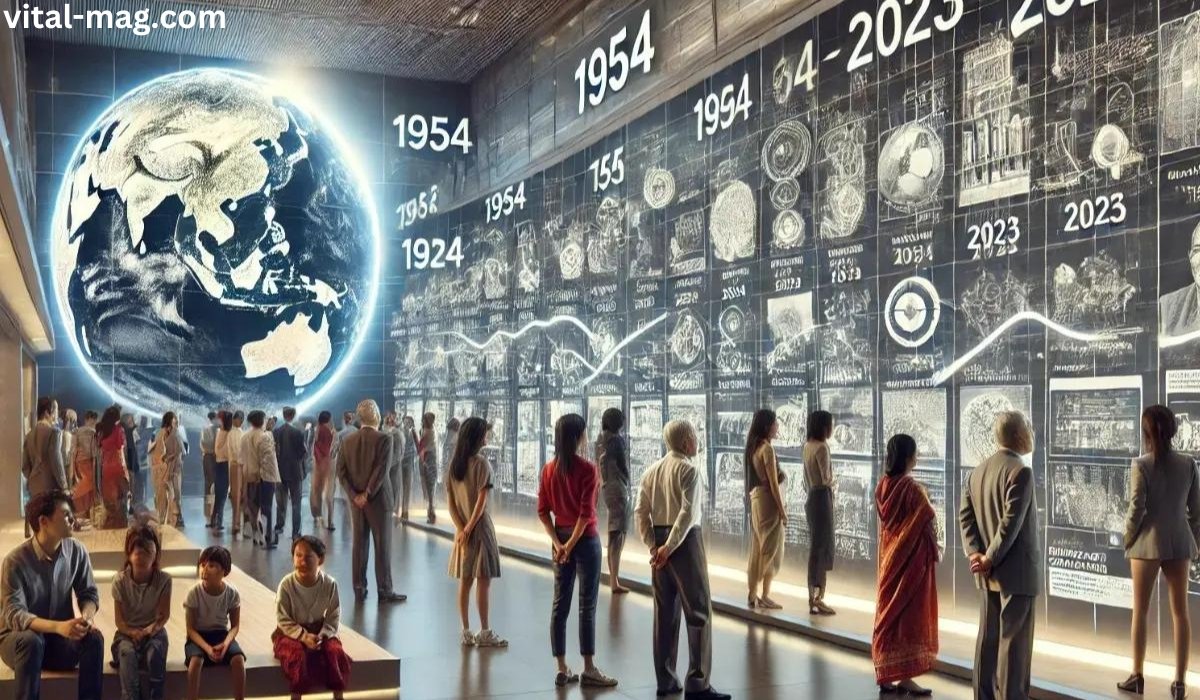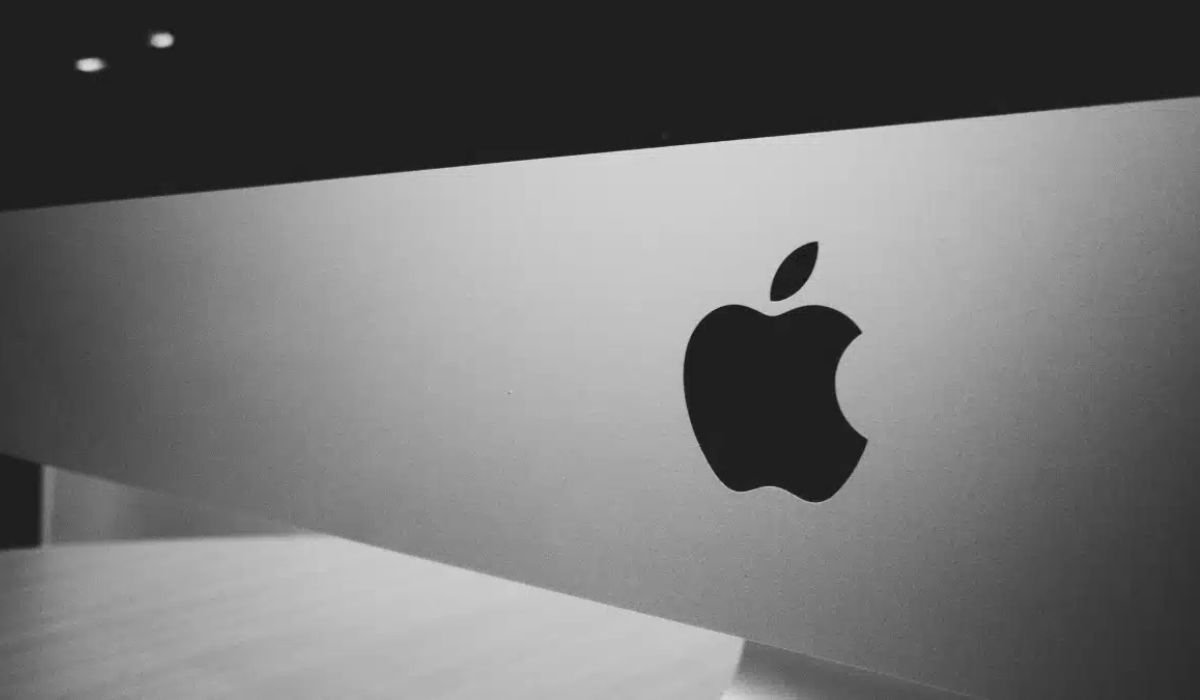Introduction
In examining the transformation from 1954 to 2023, one cannot help but marvel at the remarkable changes that have unfolded over nearly seven decades. In 1954, the world was starkly different in terms of technology, societal norms, and global economics compared to 2023. For instance, the average lifespan in 1954 was significantly lower than today’s standards, and the global population has surged from approximately 2.7 billion to over 8 billion. This article delves into these profound shifts, providing a comprehensive overview of how our world has evolved in key areas such as societal changes, technological advancements, economic evolution, cultural shifts, and environmental impacts.
A World Transformed: Societal Changes
Shifting Demographics
The demographic landscape from 1954 to 2023 has undergone dramatic shifts. In 1954, the global population was just beginning its post-war growth spurt. Urbanization was on the rise, but most people still lived in rural areas. By 2023, urbanization has accelerated with over 55% of the global population residing in cities. The aging population is another critical aspect; life expectancy has risen dramatically due to medical advancements, while birth rates have generally declined in many developed countries.
Gender Roles and Equality
Gender roles have transformed significantly over this period. In 1954, societal expectations largely confined women to domestic roles, with limited career opportunities. By 2023, there has been substantial progress towards gender equality. Women have made significant strides in education, employment, and politics. The LGBTQ+ rights movement has also gained momentum, with increased recognition and legal rights in many parts of the world, reflecting a broader shift towards inclusivity and acceptance.
Social Movements and Activism
The latter half of the 20th century and the early 21st century have been marked by powerful social movements. The civil rights movement of the 1960s, environmental activism, and the rise of globalization have all played pivotal roles in shaping modern society. These movements have catalyzed significant policy changes and have heightened awareness about issues such as racial equality, climate change, and global interconnectedness.
Technological Revolution: A New Era
Communication Breakthroughs
The evolution of communication technology from 1954 to 2023 is one of the most striking transformations. In 1954, communication was primarily limited to landline telephones, radio, and television. The advent of the internet and mobile technology has revolutionized communication, making it instantaneous and global. The rise of social media platforms has further transformed how we connect, share information, and engage with one another.
Transportation Advancements
Transportation has also seen unprecedented advancements. In 1954, personal vehicles were becoming more common, but space travel was still in its infancy. Today, we have witnessed the development of advanced automobiles, including electric and autonomous vehicles, and the emergence of commercial space travel. The aviation industry has also evolved, with faster and more efficient aircraft that have made global travel more accessible.
Medical Marvels
The progress in medical technology over these decades is extraordinary. In 1954, the field of medicine was making strides with antibiotics and vaccines, but many diseases that are now manageable or eradicated were still major threats. Modern advancements include the development of vaccines for numerous diseases, groundbreaking medical technologies, and innovations in genetic engineering, all contributing to significantly increased life expectancy and improved quality of life.
Economic Evolution: A Global Marketplace
Economic Systems
The global economic landscape has shifted from post-war economies to a more interconnected and globalized market. The 1950s were characterized by recovery from World War II and the beginning of the Cold War, while today’s economy is driven by globalization, digital commerce, and complex international trade agreements. The rise of emerging markets has also altered the balance of economic power.
Industrialization and Automation
Industrialization and automation have transformed the workforce and economic structures. In 1954, manufacturing was a primary economic driver, with a significant portion of the workforce engaged in manual labor. Today, automation and artificial intelligence have changed the nature of work, leading to increased efficiency but also raising concerns about job displacement and the need for new skills.
Consumerism and Lifestyle Changes
The rise of consumerism and changes in lifestyle are evident from the mid-20th century to the present. The economic boom of the 1950s led to the growth of the middle class and an increase in consumer culture. In 2023, consumerism is characterized by digital shopping, a focus on experiences over material goods, and the influence of global brands and trends.
Cultural Landscape: Shifting Values
Entertainment and Media
The entertainment and media industry has evolved from the era of black-and-white television and radio to the diverse and on-demand world of streaming services. The expansion of digital media has transformed how content is produced, distributed, and consumed, influencing cultural trends and societal norms.
Fashion and Lifestyle
Fashion and lifestyle have also undergone significant changes. In 1954, fashion was characterized by post-war styles and traditional norms, while today’s fashion is marked by rapid trends, inclusivity, and a blend of global influences. Lifestyle changes reflect broader shifts in societal values, with increased emphasis on health, wellness, and sustainability.
Education and Literacy
The landscape of education and literacy has changed dramatically. In 1954, educational opportunities were more limited, particularly for women and marginalized groups. Today, global education rates have improved, with increased access to knowledge and learning resources through digital platforms, contributing to greater literacy and educational attainment worldwide.
Environmental Impact: A Balancing Act
Climate Change
Climate change has become a central issue since 1954. The industrial activities of the past decades have led to increased greenhouse gas emissions, global warming, and climate-related challenges. The need for action to address climate change and mitigate its impacts is more urgent than ever.
Pollution and Resource Depletion
Pollution and resource depletion have emerged as significant challenges. From 1954 to 2023, industrialization and urbanization have led to increased pollution and the overexploitation of natural resources. Addressing these issues requires innovative solutions and a commitment to sustainable practices.
Sustainability and Green Initiatives
In response to environmental challenges, there has been a growing focus on sustainability and green initiatives. Efforts to protect the planet include advancements in renewable energy, sustainable agriculture, and conservation efforts aimed at reducing our environmental footprint and preserving natural resources for future generations.
You May Also Like: Geekzilla Podcast
Conclusion
Reflecting on the period from 1954 to 2023, it is clear that the world has undergone profound transformations across multiple dimensions. From societal shifts and technological advancements to economic changes and environmental challenges, the pace of change has been remarkable. As we look to the future, understanding these changes can help us navigate potential trends and address emerging challenges. The rapid evolution of our world serves as a testament to human ingenuity and the ongoing quest for progress and improvement.
FAQs
What are the major technological advancements from 1954 to 2023?
- From 1954 to 2023, technology has seen revolutionary changes including the rise of smartphones, the internet, and advanced medical technologies.
How has global population changed between 1954 and 2023?
- The global population has surged from approximately 2.7 billion in 1954 to over 8 billion in 2023, reflecting significant growth and urbanization.
What are the key societal changes from 1954 to 2023?
- Key societal changes include increased gender equality, shifts in gender roles, aging populations, and more significant social movements and activism.
How has the economy evolved from 1954 to 2023?
- The economy has evolved from post-war recovery to a globalized marketplace with advancements in industrialization, automation, and consumer culture.
What are the main environmental issues from 1954 to 2023?
- Major environmental issues include climate change, pollution, resource depletion, and the growing focus on sustainability and green initiatives.










